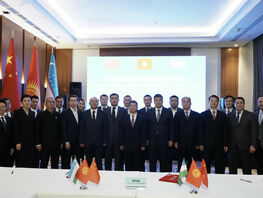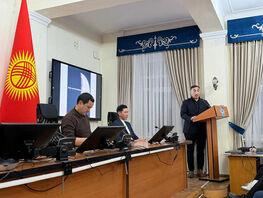The volume of water in Toktogul reservoir decreased by 465.55 million cubic meters — to 8,184.65 billion for ten days (from February 16 to February 25). The figure was slightly higher a year ago on February 26.
Since the beginning of the year, the water level has decreased by 2.2 billion cubic meters, since the beginning of February — by 1.1 billion cubic meters.
Water inflow is slightly higher than the last year’s level. If in 2023 it was about 156 cubic meters per second from February 16 to February 23, this year it is 165 cubic meters per second.
The cold weather and the inability to further increase electricity generation at Bishkek’s heating and power plant affected water discharge from Toktogul reservoir. To date, 4.5 times more water is spent on power generation than it is received.
This has led to the fact that the water discharge is higher than last year’s level. Although it was lower in the first month and a half of 2024. From February 16 to February 23 this year, it was on average 742 cubic meters per second. Last year it was 652 during the same period.
The water level in Toktogul reservoir may tell us whether we should expect power outages or not. Kyrgyzstan is currently experiencing a low-water period. Earlier, power sector specialists predicted that by April 1, the volume of water in Toktogul reservoir will be only 7 billion cubic meters.






